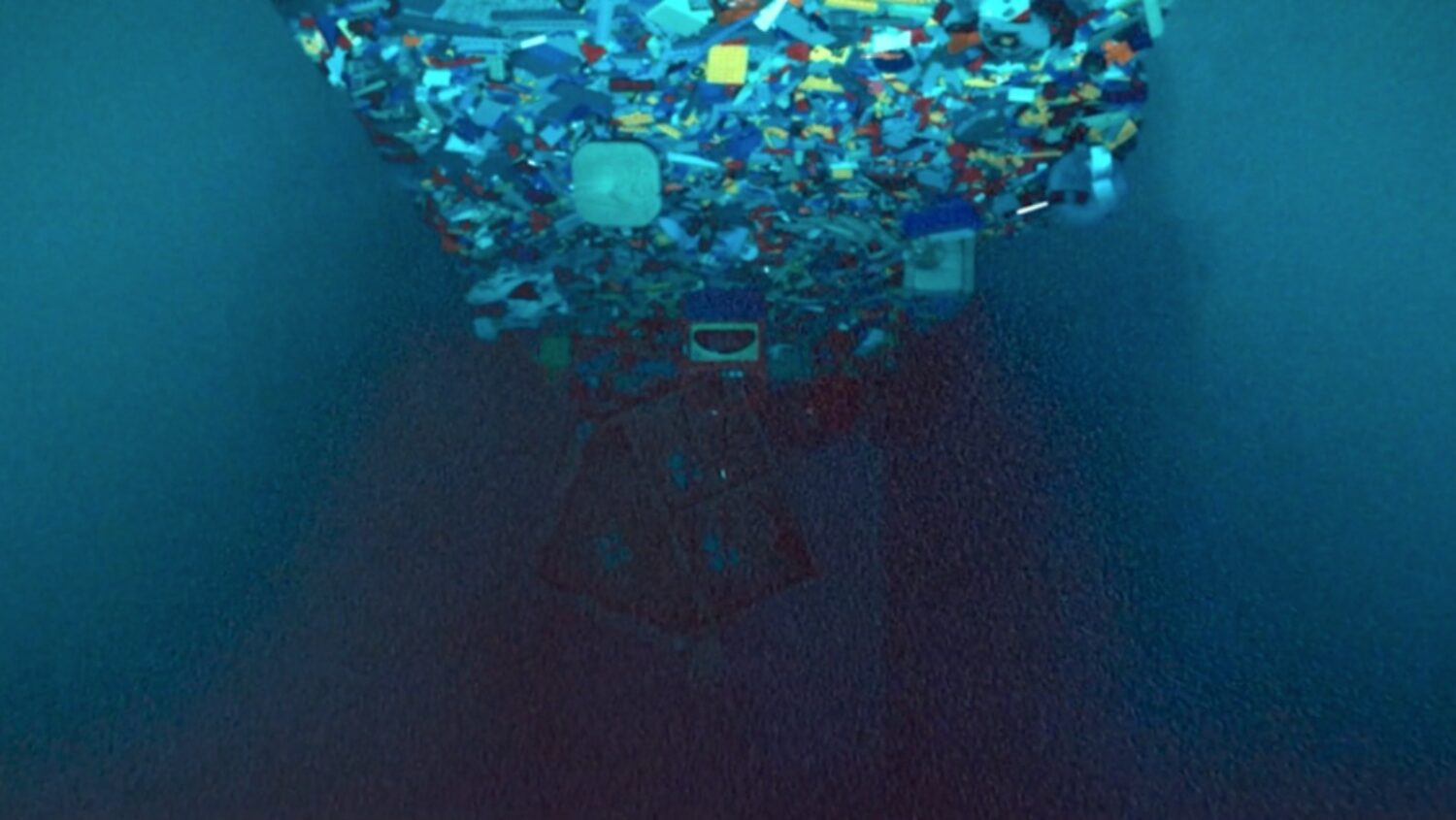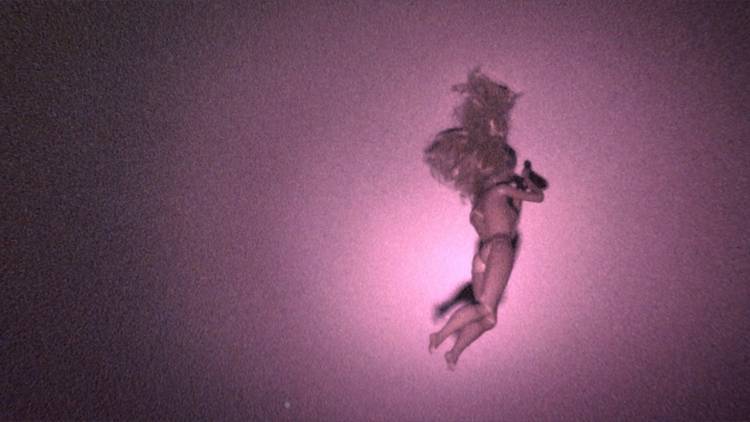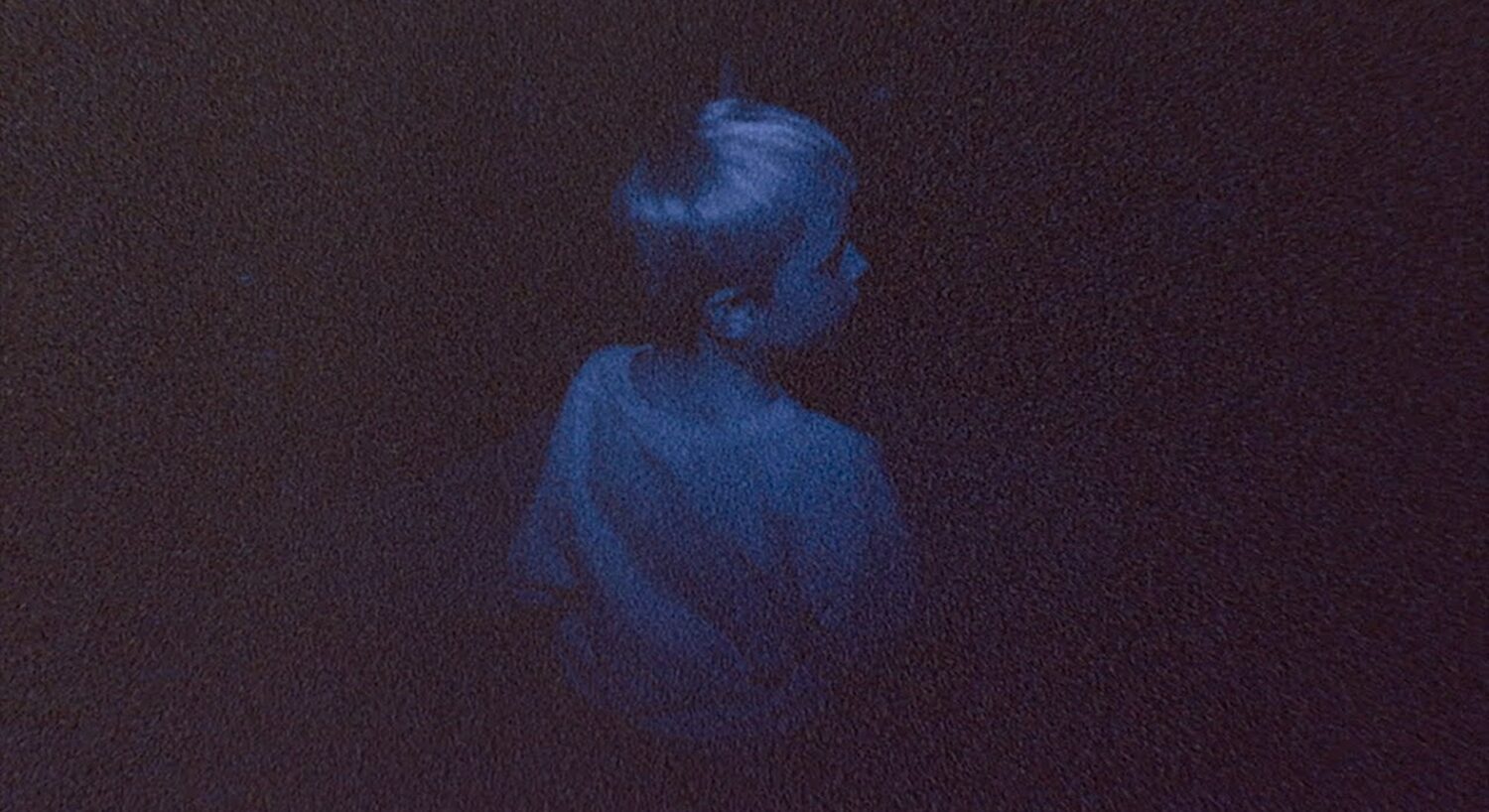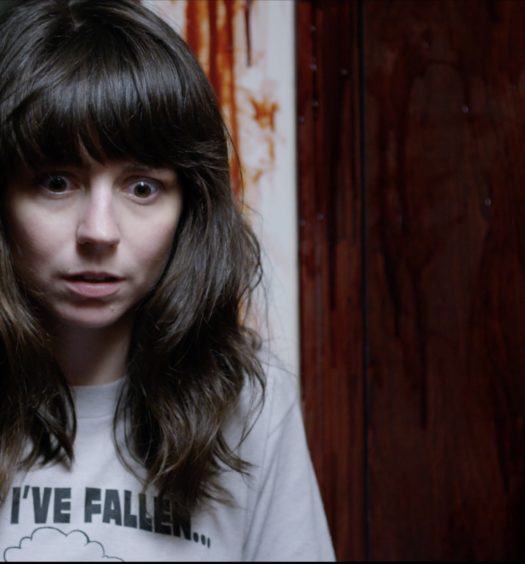Skinamarink feels like it was inevitable. The horror genre has always been a playground for low-budget, experimental filmmaking, and every decade or so, the stars align to give moviegoers something as original as it is modern.
Director Kyle Edward Ball consolidated his inspiration for the film from Bitesized Nightmares, his YouTube channel where he would create reenactments of viewers’ most upsetting nightmares, until he had enough material for a whole feature. And it didn’t take much to bring it to life either—a successful crowdfunding campaign, borrowed equipment from the Film and Video Arts Society of Alberta, and permission to shoot in his childhood home (with many of his childhood toys) got Ball and his crew most of the way there.
And the result is staggeringly larger than the sum of its parts. Against all odds, Ball and company have created a haunted miracle of a film that will dig through your unconscious fears and pull them up into your mind’s eye. In other words, Skinamarink is terrifying not because of what it shows you but what it suggests.

Against all odds, director Kyle Edward Ball and company have created a haunted miracle of a film.
Though it is largely experimental, presenting an aesthetic more than a narrative arc, there is a semblance of a story to guide viewers along. The action all takes place in 1995, where we’re introduced to six-year-old Kaylee and four-year-old Kevin. It’s (seemingly) the middle of the night, and when Kaylee and Kevin wake up, things are amiss: their father has disappeared, their mother isn’t responsive, and the windows, doors, and even the toilet keep moving and disappearing. But something else is in the house with them—something that would feel all to real from the perspective of a child.
Kaylee and Kevin aren’t protagonists as much as they are tour guides. Though we don’t see their faces, we follow them through the house as they investigate and interact with this bizarro variation of their home. This is the key to Skinamarink’s ghastly power. The camera scans the house in long, still shots and slow pans of floors, ceilings, corners, doorframes, toys, and televisions. What seem like odd angles at first become more and more unsettling as they’re strung together, compelling viewers to imagine what they’re unable to see.
But it’s the darkness that will grip you. The swirling, fuzzy abyss that takes up so much of each frame not only stares back but smirks, daring you to keep your eyes open. It’s a genuinely chilling experience, less like being hit with a barrage of jump scares and more like navigating a minefield of them.

The swirling, fuzzy abyss that takes up so much of each frame not only stares back but smirks, daring you to keep your eyes open.
If there’s a flaw to the film, it’s an all too common one in this day and age. 100 minutes is not an unreasonable ask in most cases, especially with films running nearly twice as long at your local multiplex. But because the concept of Skinamarink is so airtight and doesn’t need much of a setup, it’s easy to think the film would be just as potent (and perhaps more so) if it lost about 15 minutes, especially from the first act.
Though it went viral thanks to an accidental leak through a virtual film festival, the legacy of Skinamarink has yet to be determined. It would be almost impossible for this film to match the likes of The Blair Witch Project or Paranormal Activity at the box office, but in terms of its potential to push the horror genre forward into new territory, it deserves to be mentioned in the same conversation. And if there’s any justice, it’ll spin its infectious word of mouth into a long shelf life as a horror mainstay.
‘Skinamarink’ blazes a terrifying new trail for low-budget horror
Creeptastic
Skinamarink deftly uses the oldest tricks in the horror book, showing the viewer just enough haunting imagery to let their imagination run wild in terror.































